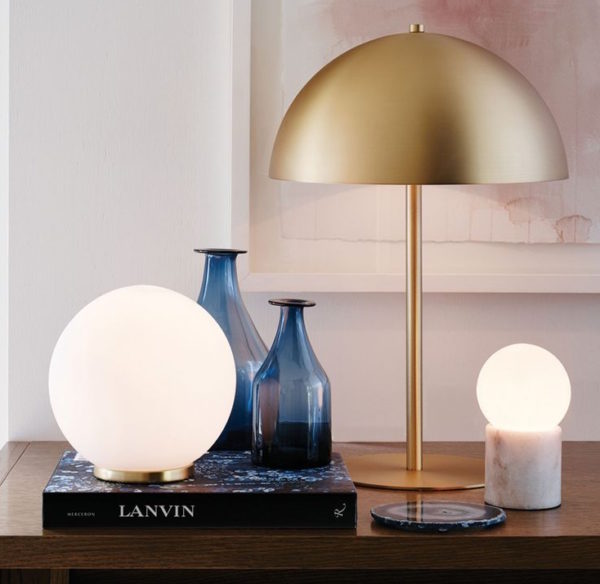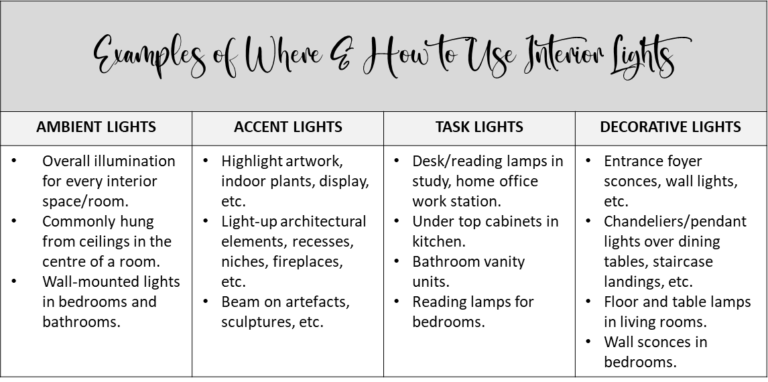Basics of Interior Lighting Design For Home Improvement Projects
Interior lighting design plays a vital role in the interior design industry. As an integral part of designing interiors, developing a lighting plan is a part of an interior designer’s proposal. It is essential to have a simple lighting plan or layout if you aim to create a well-balanced ambience, an aesthetically pleasing space, and an inviting interior. It is the most practical, exciting and magical of all design mediums.
- Exciting because of its ability to transform any object it illuminates.
- Magical because light rays are invisible to the naked eye until they touch an object.
- Practical and beneficial because of its value to our everyday living.
Interior lights can enhance and display objects to the human eye, making it virtually impossible to evaluate visual effects without light. To understand lighting and to design effectively, if you plan to carry out home improvement tasks, you must recognize its functional and decorative qualities.

Fundamentals of Interior Lighting Design
Four main types of lighting are directly related to interior design and home improvement projects.
- Ambient lighting
- Accent lighting
- Task lighting
- Decorative lighting
Each type serves a distinct purpose, and when layered together (combining all into an interior design theme), you can transform any space into a harmonious and visually stunning environment.
Ambient lights
Ambient lights are a necessary part of any interior lighting system. These are the lights that provide an overall glow to rooms. They set the tone for interior spaces and provide enough light to see and move around safely and comfortably.
Ambient lighting generally consists of overhead light fixtures and wall-installed lights. They include recessed, ceiling-mounted lights, spot and track lights, and pendant lights. Some table and floor lamps also fall into this category.
Accent lights
Accent lights create a focal point that builds on the ambient lights in a room. They light and illuminate decorative features like wall art, plants, or a display statue by adding dimension. They highlight forms and interior décor elements and draw attention to objects without you necessarily seeing their source.
Examples of accent lighting include track lights, recessed lighting, picture lights, and wall sconces. They can be set at an angle and directed to serve as a spotlight or hidden within decorative ceiling recesses.
Task lights
Task lights are localized illuminations provided by a variety of sources. They allow light adjustments and can be directional with brightening and dimming qualities. Task lighting is ideal for activities like reading, cooking, studying, or working and should provide 40 to 100 watts for a workspace.
Task lighting examples are spot and recessed lights, desk lamps, and adjustable lights. Halogen bulbs are ideal for task lighting because they produce white light, similar to natural daylight.
Decorative lights
Decorative lights are used purely for aesthetic and visual-appeal purposes to add a touch of style to interior spaces. They are attractive features designed to be seen and admired. They are the fourth layer of interior illumination, like ornaments for home interiors.
Examples of decorative lights in interior lighting design include fixtures like wall sconces, chandeliers or traditional pendant lights with gold-tinted bulbs.

Finally, when choosing interior lights for home improvement projects, consider the purpose of each room. By carefully planning the lighting required in each space, you can easily create the perfect ambience in your home. And no matter what type of lighting you choose, ensure the bulbs are energy-saving. These help reduce carbon footprint, last longer (LED), and consume less electricity than traditional luminescent bulbs.